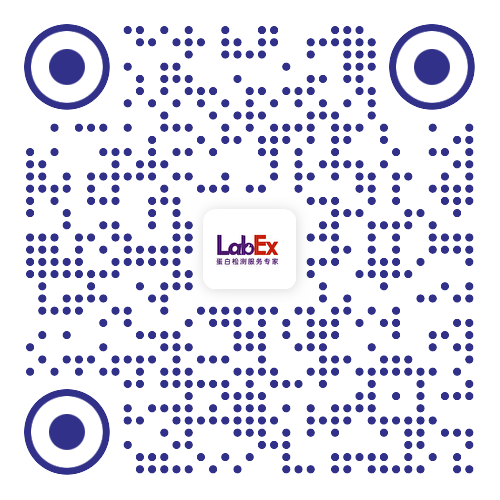Single-cell profiling of the developing mouse brain and spinal cord with split-pool barcoding
single cell sequencing;SNS;单细胞测序;单细胞多组学- Science
- 2018
- 45.8
- 360(6385):176-182.
- Mouse
- 单细胞测序
- 技术分享
- Cajal-Retzius cell
- 技术分享
- 其它细胞
- NA, AATF, ANGP1, B3GT1, BBX, BIN1, CA2D1, CA2D2, CC148, CADH4, CDYL, CE112, CSTN2, CNTP2, COBL1, DACH1, DBLOH, DSCL1, DC1I1, COE3, NA, EPHA3, RIPR2, FAT3, FMN1, FND3B, FRM4B, GFRA1, GPC1, KCNB2, KCNC2, KCNH7, NA, MSI2H, NDNF, NA, NA, PKHA7, PO6F2, RBMS1, RELN, ROBO2, S22AF, MYCT, SMAD1, THS7B, TM163, T200A, P73, NA
- doi: 10.1126/science.aam8999.
- UBERON_0000955
Abstract
To facilitate scalable profiling of single cells, we developed split-pool ligation-based transcriptome sequencing (SPLiT-seq), a single-cell RNA-seq (scRNA-seq) method that labels the cellular origin of RNA through combinatorial barcoding. SPLiT-seq is compatible with fixed cells or nuclei, allows efficient sample multiplexing, and requires no customized equipment. We used SPLiT-seq to analyze 156,049 single-nucleus transcriptomes from postnatal day 2 and 11 mouse brains and spinal cords. More than 100 cell types were identified, with gene expression patterns corresponding to cellular function, regional specificity, and stage of differentiation. Pseudotime analysis revealed transcriptional programs driving four developmental lineages, providing a snapshot of early postnatal development in the murine central nervous system. SPLiT-seq provides a path toward comprehensive single-cell transcriptomic analysis of other similarly complex multicellular systems.
金课堂之文献解析 文献原文请点击
本网站销售的所有产品及服务均不得用于人类或动物之临床诊断或治疗,仅可用于工业或者科研等非医疗目的。











 沪公网安备31011502400759号
沪公网安备31011502400759号
 营业执照(三证合一)
营业执照(三证合一)


